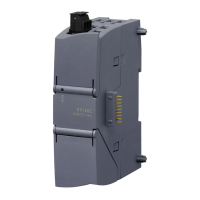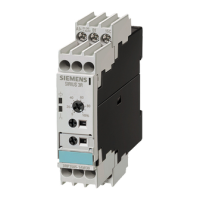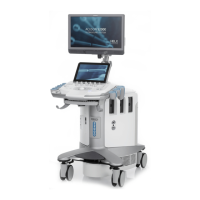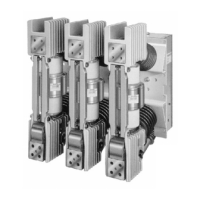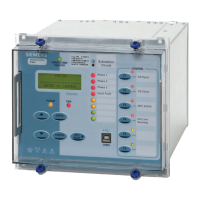Appendix
A.1 Planning and installation of UHF read points
SIMATIC RF650R/RF680R/RF685R
316 Configuration Manual, 03/2018, C79000-G8976-C386-06
Dealing with field disturbances
A.1.3.1
Types and approaches to solutions
The superposition of radio waves and reflection by conductive materials (in particular metal)
can lead to weakening or strengthening of the antenna field at certain points in space. These
effects can lead to disruptions when identifying RFID transponders that can be distinguished
as follows:
● Overshoots due to increasing field strength: Transponders are detected that are actually
beyond the read distance.
Approaches to solutions:
– Reduction of the radiated power
– Specifying input attenuation
– Use of UHF algorithms
– Changing the antenna position
– Shielding measures
– Varying the antenna polarization
– Use antennas with a lower gain
– Use antennas with adjustable polarization
● Lack of separation of transponders: Transponders positioned close together are detected
together although the application logic requires individual detection (for example to
determine the positioning order). All transponders are within the read distance.
Approaches to solutions:
– Reduction of the radiated power
– Use of UHF algorithms
– Changing the antenna position
– Shielding measures
– Use antennas with a lower gain
● Field obliteration: Due to the superposition of waves, obliteration effects occur within the
read distance.
Approaches to solutions:
– Varying the antenna polarization
– Using additional antennas
– Use of UHF algorithms
– Changing the antenna position
– Shielding measures
– Use antennas with a lower gain

